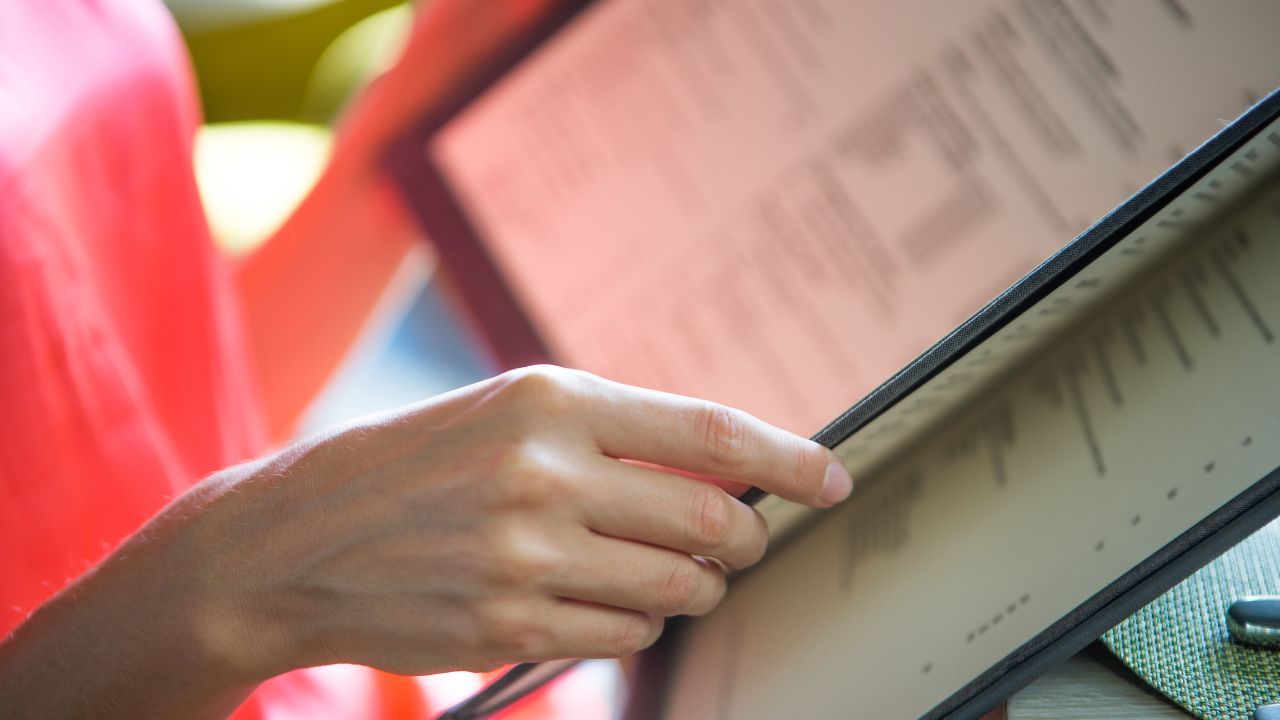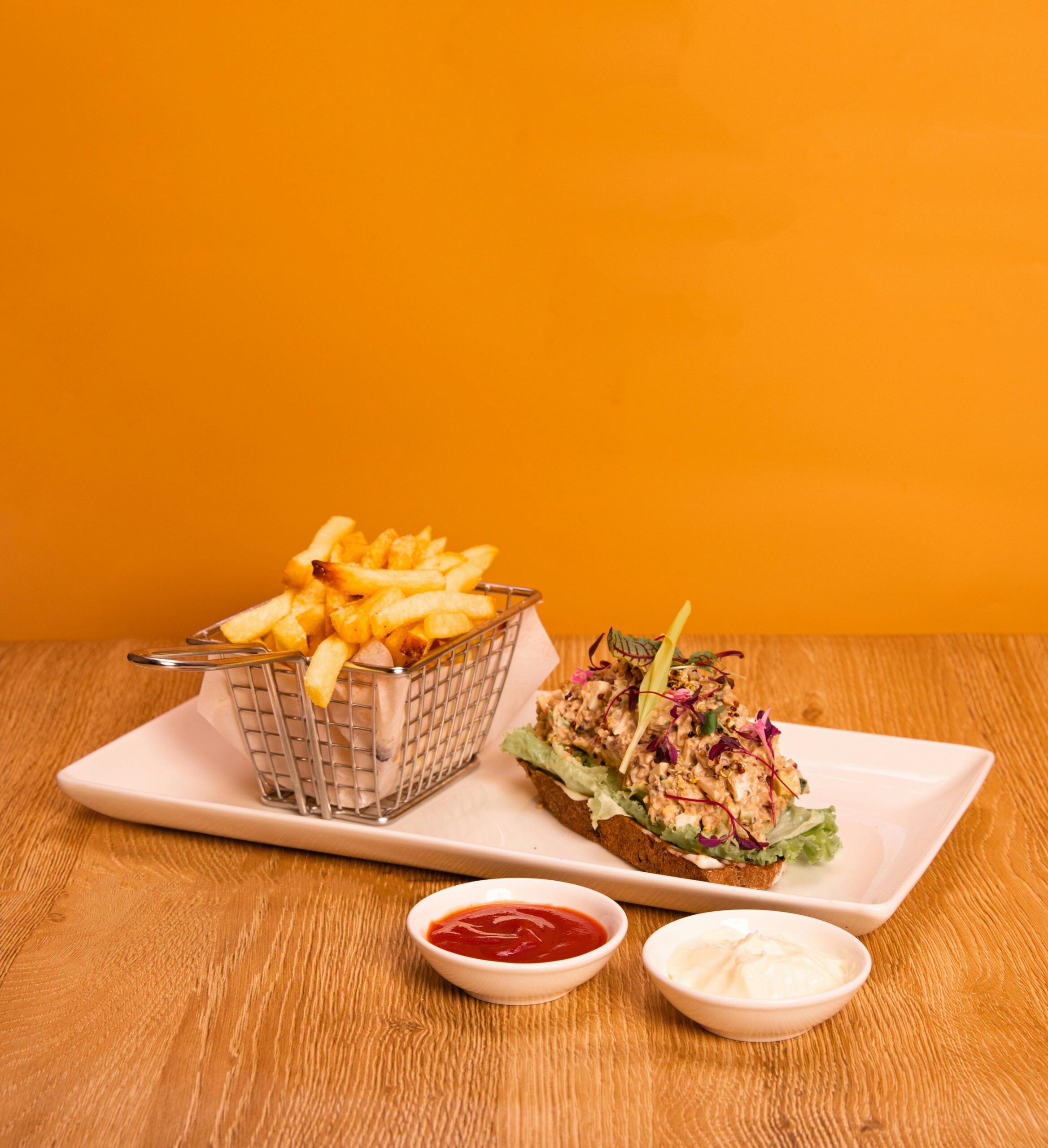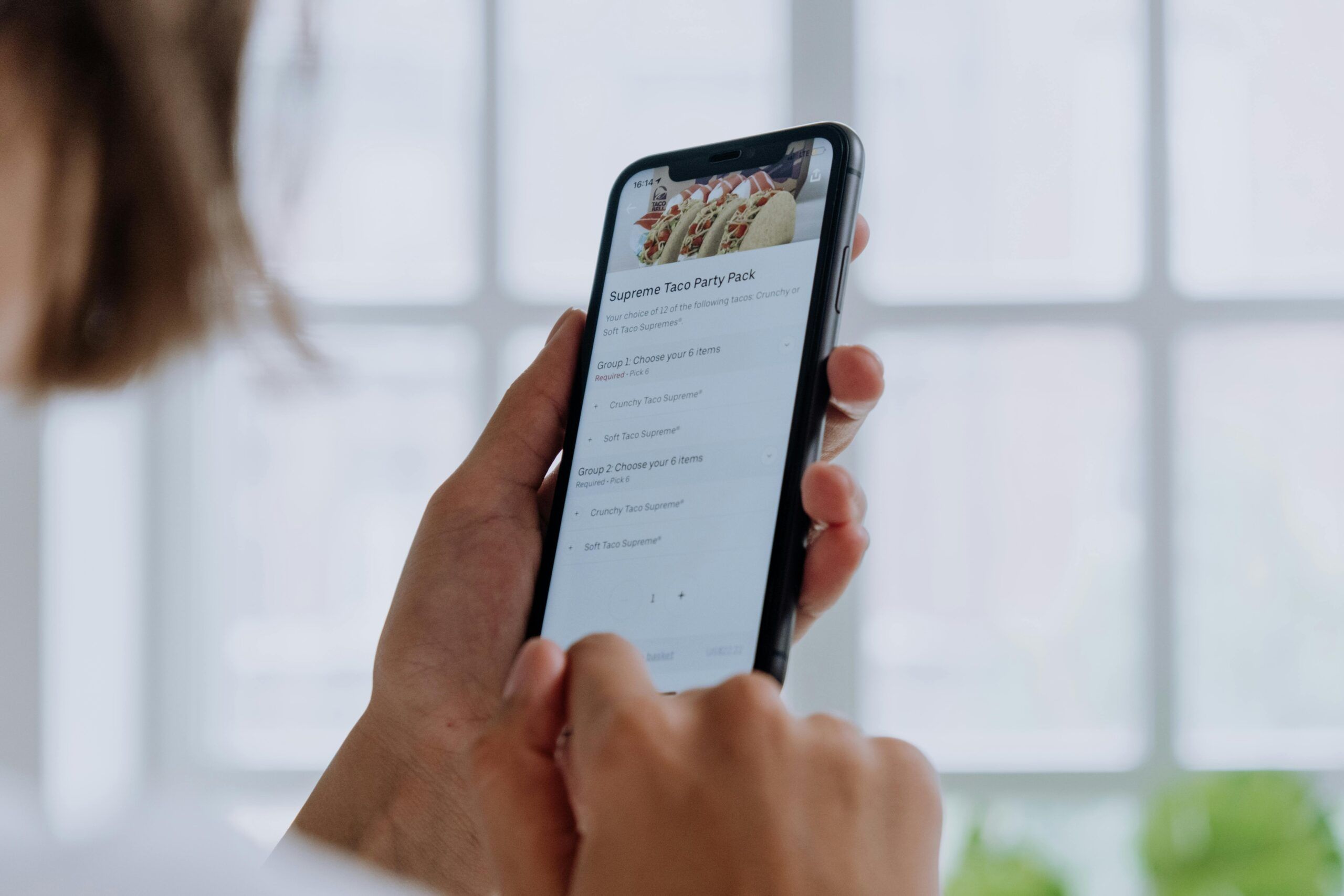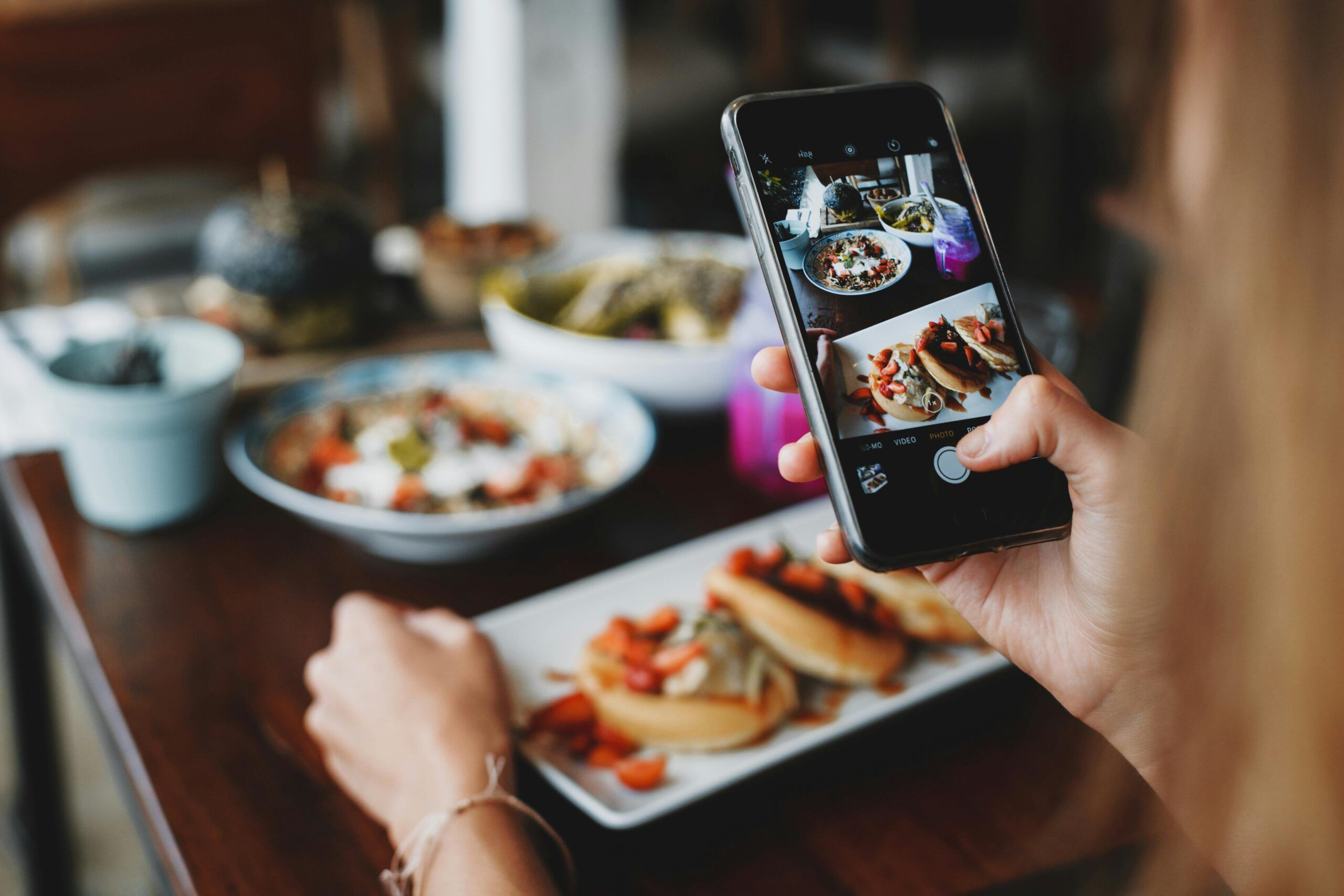- What is Menu Design?
- The Importance of Menu Design in the Restaurant Industry
- Psychological Principles Used in Menu Design
Have you ever wondered why you always seem to order the same dish at your favorite restaurant or why certain items on a restaurant menu catch your eye more than others? The answer lies in the psychology of menu design.
Menu design is more than just a list of food and drink items; it’s a strategic tool used to influence customer choices and maximize profits. From the placement of dishes to a meal description, every aspect of a menu is carefully crafted to appeal to our subconscious minds.
In this article, Orders.co will delve into the fascinating world of menu psychology and explore the techniques that restaurants use to entice us into ordering certain dishes over others.
What is Menu Design?
Menu design is the process of creating an attractive and engaging menu that not only lists food and drink options but also entices customers to make a purchase. It is a careful balancing act between aesthetics and practicality, as the menu must be visually appealing while also being easy to read and navigate.
Menu design involves selecting the right fonts, colors, and images to convey a restaurant’s brand and style, as well as arranging items on a menu in a logical and intuitive way.
A well-designed menu can influence customers’ perceptions of a restaurant’s quality, as well as increase sales by highlighting certain items and making them more appealing to the customer.
Ultimately, menu design is a key component of any restaurant’s marketing strategy, whether it’s high-end restaurants or fast food joints, as it can help to build customer loyalty and drive revenue growth.
The Importance of Menu Design in the Restaurant Industry
Menu design plays a crucial role in the restaurant industry, as it can make or break a customer’s dining experience. Here are some key reasons why menu design is so important:
A Well-Designed Menu Can Increase Sales
Clever design elements such as highlighting certain dishes, using mouth-watering images, and strategically placing high-profit items can entice customers to order more, ultimately boosting sales.
Menu Design Can Help to Set the Tone for the Dining Experience
The look and feel of a menu can communicate the restaurant’s style and personality, creating expectations for the dining experience.
It Can Make the Ordering Process Easier
A well-organized menu can make it easier for customers to navigate and find what they’re looking for, reducing frustration and increasing satisfaction.
Menu Design Can Influence Perceptions of Price and Value
Using specific font styles, colors, and appetizing descriptions can influence customers’ perceptions of the price and value of menu items, potentially encouraging them to spend more.
It Can Differentiate the Restaurant from Competitors
Unique and creative menu design can help a restaurant stand out from the competition, attracting new customers and building brand loyalty.
Psychological Principles Used in Menu Design
Menu design is a strategic process that leverages various psychological principles to influence human behavior. Some of the most commonly used psychological principles in menu design include:
Color
Color theory is a powerful tool in menu design and can have a significant impact on customer behavior. Some of the ways in which color can influence customer behaviors include:
Appetite Stimulation
Certain colors, such as red, orange, and yellow, can stimulate appetite and make customers more likely to order food. These colors are often used in fast-food chains, where speed and hunger are priorities.
Brand Identity
Using colors that match a restaurant’s branding can create a sense of consistency and familiarity for customers, which can help build brand loyalty.
Emotion Evocation
Different colors can evoke different emotions. For example, blue is often associated with calmness and serenity, while red is associated with passion and excitement. Menu designers can use these colors strategically to create a specific atmosphere and influence customer mood.
Attention-Grabbing
Using bold or bright colors can draw attention to certain items on a menu and make them stand out. This can be especially effective for promoting new or high-profit dishes.
Health Associations
Certain colors, such as green, are associated with health and wellness. Restaurants that offer healthier options can use these colors to promote their menu items.
Font
Have you ever wondered why certain items on a menu seem to jump out at you more than others? One key factor that can influence a customer’s perception of menu items is the font used. Here are a few ways in which font can impact customer choices:
Legibility
The most important aspect of font choice is legibility. Customers should be able to easily read the menu without straining their eyes. Choosing a font that is clear and easy to read, such as sans-serif or serif fonts, is essential.
Size
The size of the font influences how customers perceive items on a menu. Using a larger font for certain dishes can draw attention to them and make them seem more appealing.
Boldness
Bold fonts can also be used to attract attention to specific items on a menu. Bold font can be used to highlight specials, high-profit items, or items that a restaurant owner wants to sell more of.
Style
The style of font used can also impact customer perception. For example, using a cursive or script font can convey elegance and sophistication, while a more modern font can give a menu a trendy, contemporary feel.
Contrast
The contrast between the font and the background is another important factor that impacts how customers perceive the menu. A high-contrast font against a light background can make menu items easier to read and stand out more.
Description
Another important aspect of menu design that influences customer choices is the power of description. The way items on a menu are described can have a significant impact on how appealing they are to customers. Here are some key points to consider:
Use Sensory Language to Evoke Emotions and Trigger Appetite
For example, using words like “crispy,” “juicy,” or “tender” can create a mental image of the dish and make it more appealing to customers.
Highlight Unique Ingredients or Preparation Methods
This can make a dish stand out from other items on the menu and draw a diner’s attention. For example, using descriptors like “house-made,” “locally sourced,” or “slow-cooked” can add value to a dish and make it more desirable.
Be Specific About Flavors and Ingredients
Instead of simply listing “chicken sandwich,” describe the dish in more detail, such as “grilled chicken breast with roasted red pepper and goat cheese on a toasted brioche bun.” This helps customers imagine the flavors and textures of the dish and can make it more appetizing.
Your Inbox, Your Rules!
Tailor your newsletter with the topics you're most interested in.
Avoid Using Vague or Generic Terms
Descriptions like “mixed greens salad” or “pasta dish” can be unappealing and lack creativity. Instead, use specific words to describe the dish and its components.
Use Language that Matches the Style of the Restaurant
For example, if the restaurant has a playful or whimsical atmosphere, the menu descriptions can reflect that with creative and fun language. If the restaurant has a more upscale or elegant feel, the descriptions can be more sophisticated and refined.
Pricing
When it comes to restaurant menu design, pricing is a critical factor that can greatly influence customer behavior. Here are some bullet points menu engineers should consider when pricing menu items:
Use Psychological Pricing Techniques
Menu pricing that ends at .99 or .95 can make a dish appear more affordable and appealing to customers.
Price Items According to Their Perceived Value
Dishes that are more expensive to produce, have premium ingredients or require more preparation time can be priced higher than simpler dishes.
Consider the Competition
It’s important to be aware of the menu prices of similar dishes at other restaurants in the area and price menu items competitively.
Use Pricing Tiers to Guide Customer Behavior
For example, offering a “basic,” “deluxe,” and “premium” version of a dish can encourage customers to choose the middle option, which may be the most profitable for the restaurant.
Offer Bundle Deals or Discounts
This can encourage customers to order more items or choose a higher-priced menu item by offering a discount or a free add-on.
Avoid Price Anchoring
Placing the most expensive item at the top of the menu can make all other items seem more affordable, but it can also discourage customers from ordering higher-priced items.
Layout
One of the first things customers notice when looking at a menu is the layout. The way menu items are organized and presented can greatly affect a customer’s experience and decision-making process. Here are some bullet points to consider when designing the layout of a menu:
Consider the “Golden Triangle” or “Sweet Spot” Theory
This suggests that customers are most likely to look at the top right corner of a menu first, then the top left corner, and then the center. Placing high-profit items in these areas can increase their visibility and likelihood of being ordered.
Use Clear and Easy-To-Read Typography
The font size, typeface, and spacing between lines can all affect how easy it is for customers to read and navigate the menu. A legible font and appropriate spacing can make the menu more inviting and accessible.
Group Items into Categories
This can make the menu more organized and easier for customers to navigate. Categories can be based on the type of dish (appetizers, entrees, desserts), cuisine (Italian, Mexican, Asian), or dietary preferences (vegetarian, gluten-free).
Highlight Specials or Featured Items
Using a different font, color, or placement for special high-profit margin items can draw customers’ attention to them and increase their appeal.
Use Images Sparingly and Strategically
High-quality photographs can make menu items more appetizing and help customers imagine the dish, but too many images can clutter the menu and make it less effective.
Consider the Physical Menu Itself
The size, material, and shape of the menu can also affect the customer’s experience. A menu that is too large or too flimsy can be difficult to handle, while a menu that is too small may be easily overlooked.
Enhance the Dining Experience for Your Customers with a Well-Designed Menu
The psychology of menu design is a fascinating and powerful tool for influencing customer behavior.
By understanding the principles of visual and cognitive psychology, restaurateurs can create menus that appeal to customers’ emotions, senses, and desires and guide them toward making profitable choices. From choosing the right color scheme to strategically placing menu items, a perfect menu design can have a significant impact on customer behavior and satisfaction.
Ultimately, a well-designed menu can enhance the dining experience, increase restaurant profits, and build customer loyalty. By leveraging the psychology of menu engineering, restaurants can create a winning recipe for success!



